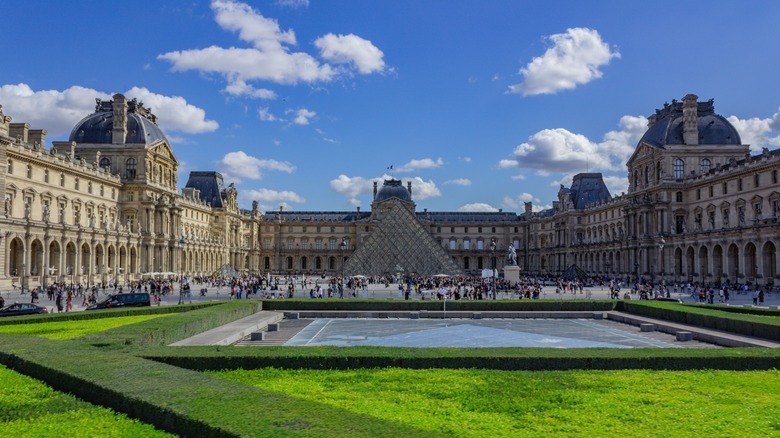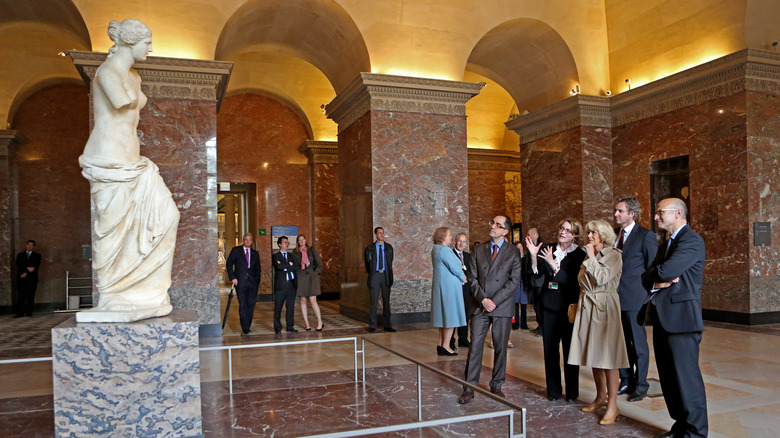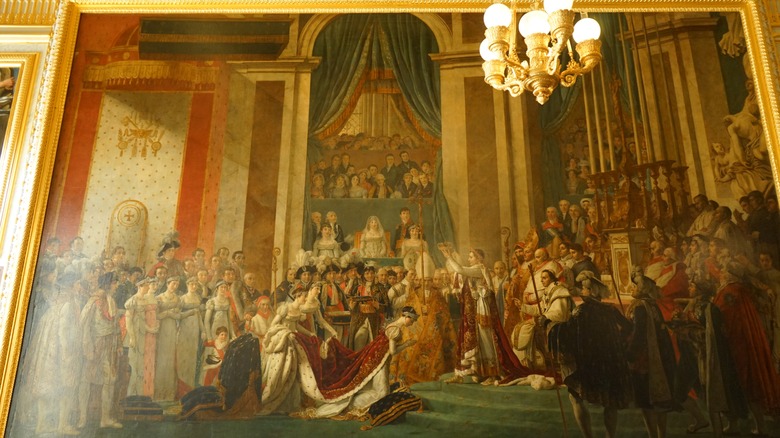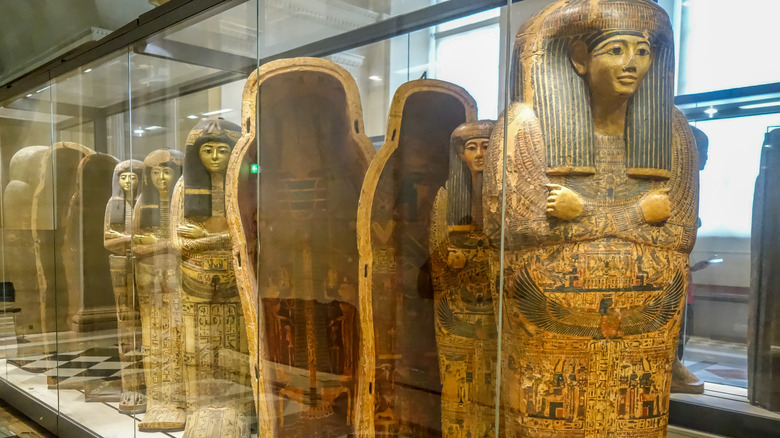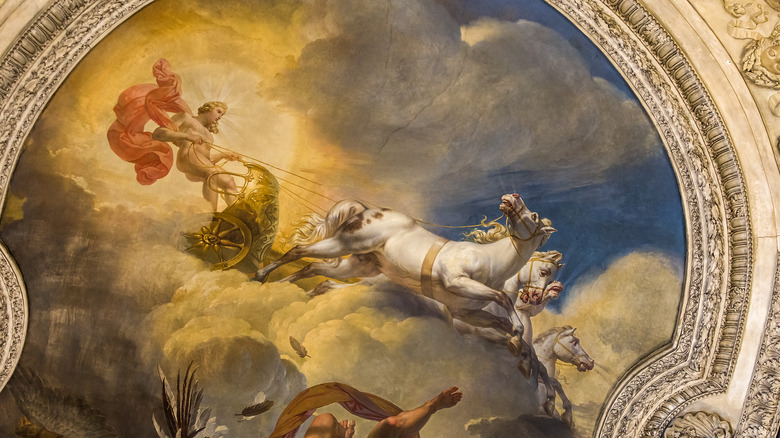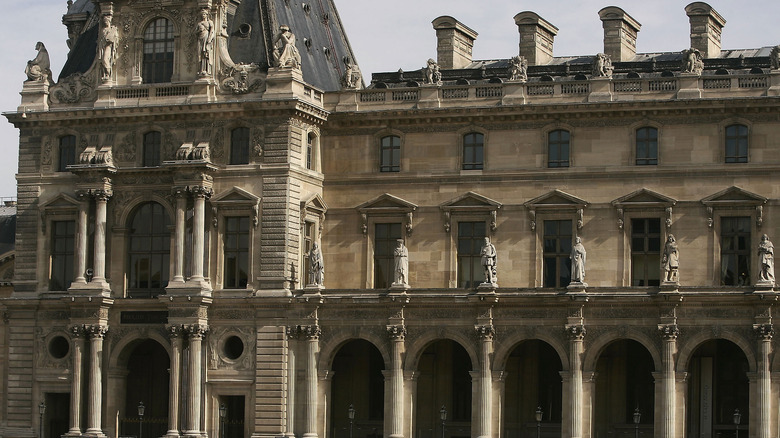The Louvre: How To Make The Most Out Of Your Visit
Paris is filled with some of Europe's best architecture, food, music, and — of course — art! The Louvre is one of the world's most famous and iconic art museums, located in the heart of Paris. The museum houses a large collection of artwork from all over the world, including pieces from some of history's greatest artists such as Leonardo da Vinci and Michelangelo. The Louvre was originally built as a fortress by King Philippe Auguste in 1190 but was later transformed into an art gallery during the French Revolution. Today, it is home to thousands of globally recognizable masterpieces and 35,000 objects covering prehistory to modern times. With so much to see at The Louvre, it would take you almost 200 days to see everything!
Unfortunately, most of those visiting Paris rarely have the luxury of taking so much time to explore the Louvre. So, how do you figure out what to see and what to save for another day? Embrace the beauty of The Louvre and explore its immense collection of art by crafting an itinerary that allows you to take in all it has to offer, hour-by-hour. With a bit of strategizing, you will be able to maximize your time at this renowned museum and appreciate some of their finest works.
1 hour: See the big three
If you only have one hour to explore the Louvre, you have to see "the big three", the three art pieces that have become iconic symbols of the museum. The first is the "Mona Lisa" by Leonardo da Vinci, arguably his most famous work and one that has captivated art lovers for centuries. The piece, which surprises many with its small size (2'6" x 1'9"), was painted in Florence around 1503 and has been the subject of much conjecture over the years as people have argued over who "Mona Lisa" really is.
The second must-see is "Winged Victory of Samothrace," a marble sculpture that dates back to the 2nd century BC. The headless and armless figure of Nike (or victory) stands 18 feet tall and though its exact origins are not known, it was discovered by French archaeologist Charles Champoiseau in 1863.
The last must-see piece is "Venus de Milo," one of the most famous ancient Greek sculptures and recognizable for its two missing arms. The statue was discovered in 1820 on the island of Melos and is believed to represent Aphrodite, the Greek goddess of love and beauty.
2 hours: Discover French history through art
If you have an extra hour after seeing the big three, it's time to explore The Louvre's extensive collection of French art in the Denon Wing on the first floor of the museum (the same floor as the Mona Lisa and The Winged Victory). In the Denon Wing, you'll find paintings from the French Romanticism and Neoclassicism eras, including "The Coronation of Napoleon" by Jacques Louis David. The gigantic painting — 30 feet wide by 20 feet tall — depicts the 1804 coronation of Napoleon I as Emperor of France as he takes the crown from Pope Pius VII and crowns himself, a controversial moment captured in oil paint that has become one of The Louvre's most iconic French pieces.
The Denon Wing also holds "The Raft of The Medusa", a painting from Theodore Géricault that depicts the sinking of a French frigate off the coast of Senegal in 1816. After two harrowing weeks trying to survive at sea, the painting captures the precise moment when the 10 remaining survivors spy a boat on the horizon that will save them.
3 hours: Float down the Nile in the Egyptian galleries
Spend the next hour exploring the ancient Egyptian Antiquities on the ground floor of the Louvre in the Sully Wing. Thanks to the large glass pyramid at the entrance, there's no question this is one of the premier exhibitions in the Louvre. The museum houses over 66,000 artifacts but displays only a fraction of them at a time including a number of sarcophagi, scrolls, statues, and jewelry.
One of the most eye-catching objects that will also greet you as you enter the wing is the Great Sphinx of Tanis. The statue has a lion's body and a human's head and is estimated to have been created between 2,600 and 1,900 B.C. Another object you shouldn't miss is the Apis Bull, a large limestone statue that depicts a bull, one of Ancient Egypt's most revered animals. Finally, make your way to the Chapel of the Tomb of Akhethotep, which you can actually walk through and feel like you're stepping back in time.
4 hours: Explore the Louvre's history
After you finish in the Egyptian Antiquities section head to the Pavillon de l'Horloge where you can first discover the medieval history of the Louvre. Walk around the recently renovated lower floors where visitors can see the foundation of the original fortress the Louvre was eventually built on. The fortress was built by King Philippe Auguste in 1190 and was eventually transformed by King Charles V into the royal palace you see today. However, you can still wander the walkways around the centuries old stone blocks that used to be the moat!
Make sure to check out the adjoining rooms which feature models of the original fortress as well as paintings that give visitors an idea of what the area looked like many centuries ago. If you have time, be sure to head up to level 1 to the Galerie d'Apollon a stunning, gilded reception hall with a spectacular ceiling painting. Here you can also find the French Crown Jewels.
5 hours: Be captivated by Rembrandt and Vermeer
If you've got one more hour to spend and have finished your tour of the great gilded Galerie d'Apollon, head to the final upper floor, level 2, to the Richelieu Wing. After many hours of walking you'll find plenty of comfortable benches to sit on for a bit and take in a few incredible paintings worth your last bit of attention before you go.
In this wing, you'll find the great works of Rembrandt and Vermeer, two artists that defined the Dutch Golden Age of art. The two key masterpieces you will want to keep an eye out for are "The Lacemaker" (Rembrandt) and "The Astronomer" (Vermeer). You will also want to take some time to look at "Bathsheba at her Bath," painted by Rembrandt, which is one of the many biblical scenes the artists preferred to paint. You will also see several self-portraits of Rembrandt alongside the works of other masterful Dutch and Flemish artists.
